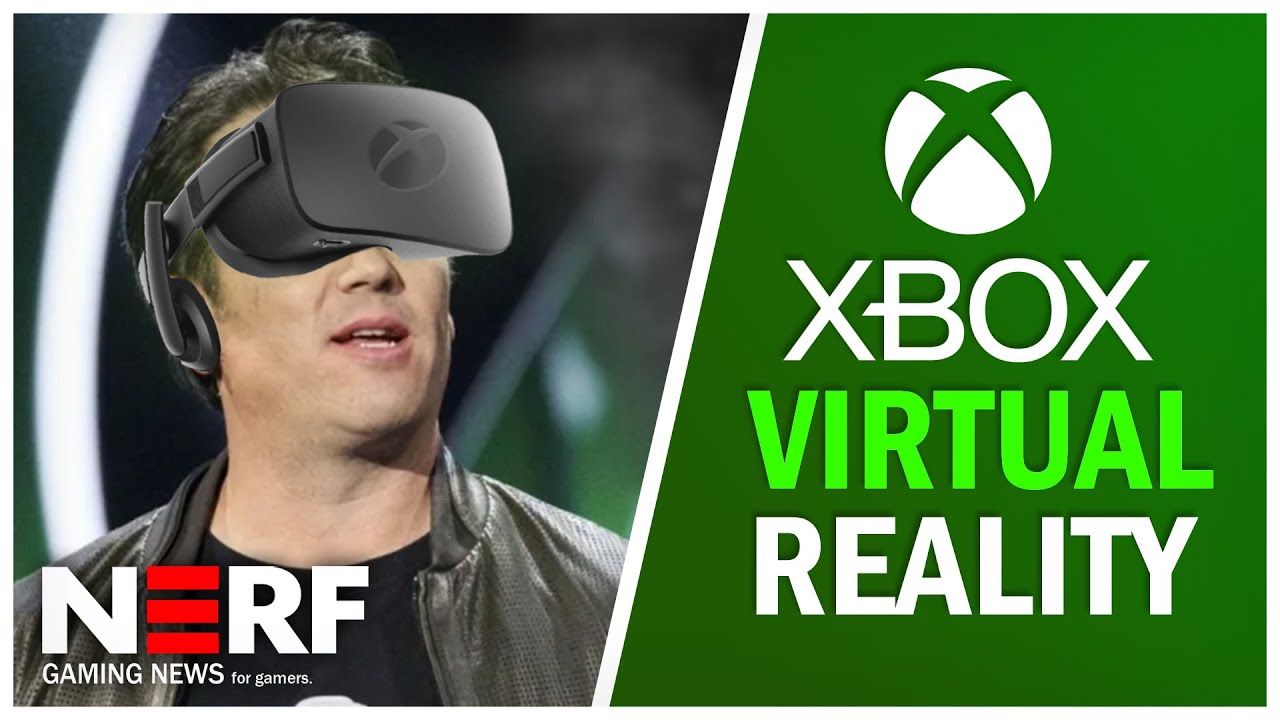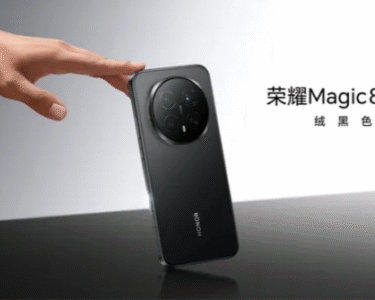Windows Mixed Reality once looked like a forgotten project. Microsoft launched it with big hopes, but the momentum slowed. Many users believed support had ended completely. However, exciting news recently surfaced. An Xbox engineer has revived the platform, breathing new life into the headsets. This revival signals a fresh chapter for mixed reality enthusiasts. It also rekindles interest in Microsoft’s role in immersive technology.
How an Xbox Engineer Sparked the Revival
The story began quietly, without major announcements. An Xbox engineer discovered hidden potential in the old Windows Mixed Reality platform. Instead of letting it fade, he decided to act. He worked on restoring functionality and improving compatibility. Through his effort, previously abandoned headsets started functioning again. This dedication reflects the passion of engineers inside Microsoft. Moreover, it highlights how innovation sometimes arises from personal initiative, not corporate planning.
Renewed Compatibility with Modern Windows Versions
One of the main issues users faced was compatibility. Over time, newer versions of Windows stopped supporting Mixed Reality headsets. Frustrated users could no longer access their devices. The engineer tackled this problem directly. He updated software drivers and restored features for the latest Windows builds. Now, the headsets work smoothly again. This achievement not only fixes technical problems but also extends the life of older hardware. Consequently, it reduces electronic waste and saves money for consumers.
What This Means for Xbox and Gaming
The revival has implications beyond simple headset support. Microsoft owns Xbox, one of the strongest gaming ecosystems in the world. With revived Mixed Reality devices, developers see fresh opportunities. Gamers could experience VR-style content without buying expensive third-party headsets. Furthermore, this move could inspire integration between Xbox consoles and Windows platforms. Although official announcements are still pending, the potential is significant. Imagine Xbox Game Pass titles optimized for Mixed Reality experiences. That possibility alone excites fans worldwide.
The Broader Impact on Virtual and Mixed Reality
This development matters for more than just Xbox users. The VR and MR industry is expanding globally. Meta, Apple, and Sony continue pushing immersive technology forward. Microsoft appeared to step back, but this revival shows otherwise. The engineer’s work suggests Microsoft still values this space. Consequently, it restores hope for future innovation. Additionally, developers now have more tools to create immersive apps. Consumers benefit from increased choice, lower costs, and improved ecosystem diversity. The competition fuels faster growth for the entire industry.
Looking Ahead to the Future of Mixed Reality
The future remains uncertain, yet promising. Microsoft has the resources to expand Mixed Reality again. If internal passion aligns with corporate strategy, progress is inevitable. Users may soon see improved software, better integration, and stronger developer support. For now, the revival remains a grassroots effort. But the enthusiasm it generated proves one thing. People still care deeply about immersive technology. They want experiences beyond traditional screens. With renewed attention, Windows Mixed Reality could play a meaningful role again.




